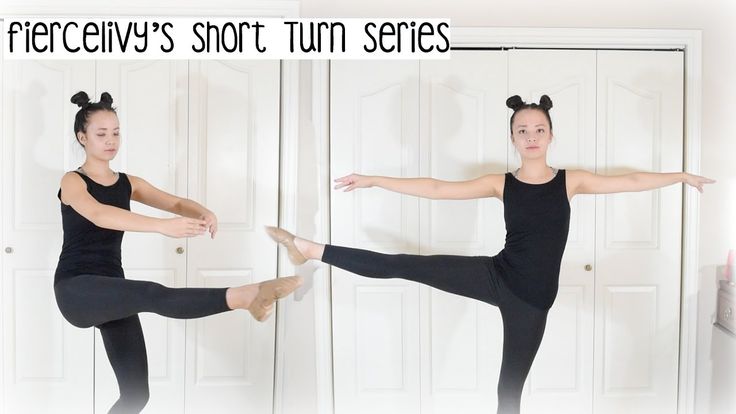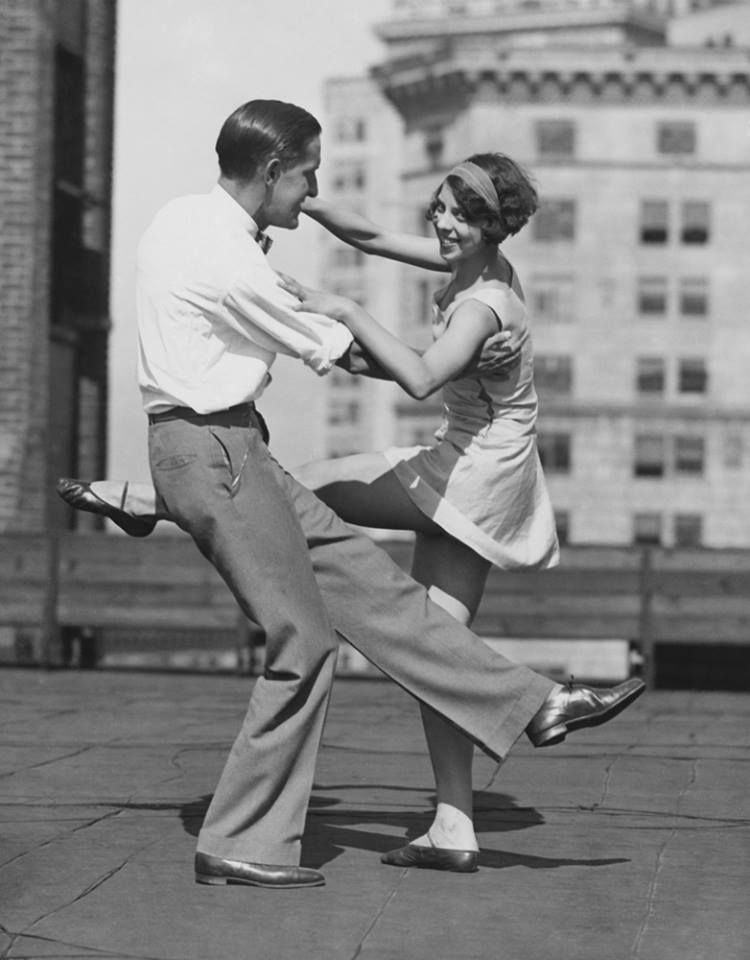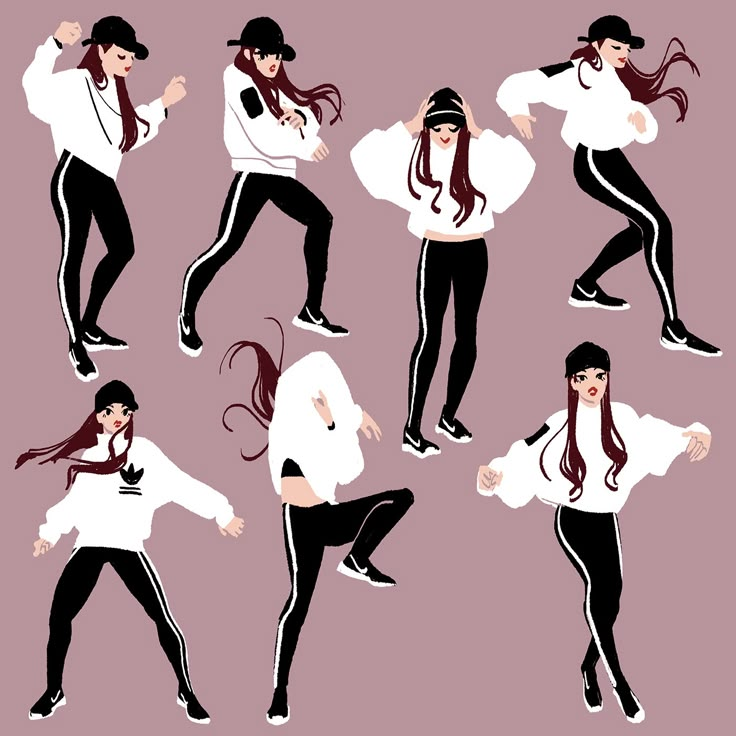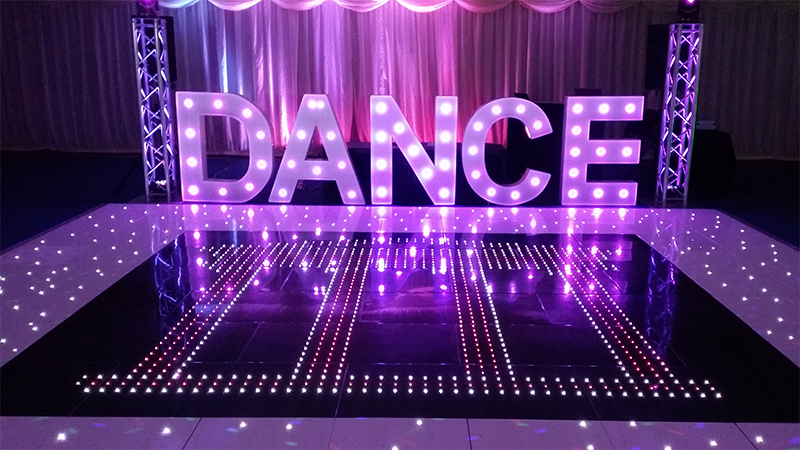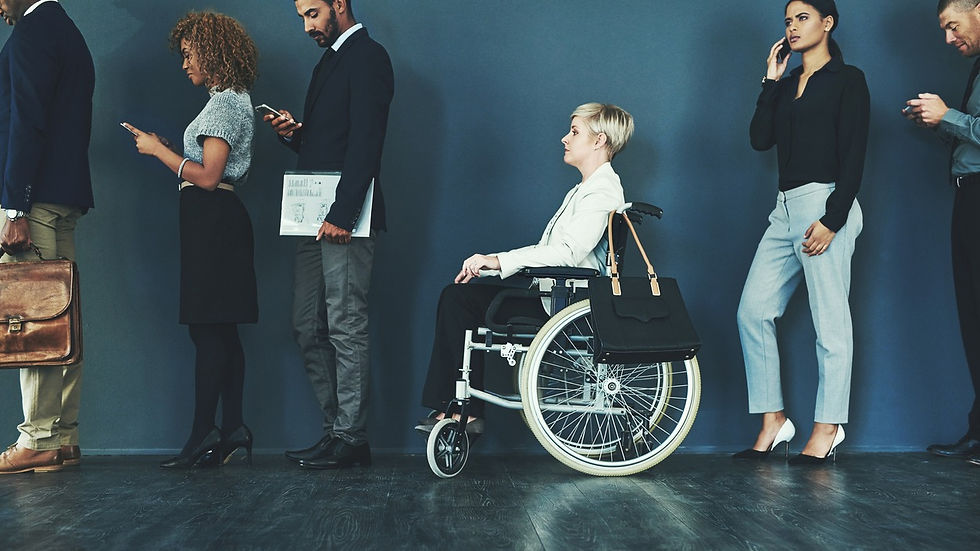How to do dance turns for beginners
Learn to Turn
Consistent turns are a must for aspiring professional dancers, but pretty much everyone struggles with pirouettes at some point. Luckily, since we’re all beholden to the same rules of physics, there are concrete steps every dancer can take to reach his or her top turning potential. “Three is the new two when it comes to pirouettes, but the secret to turning is technique, not magic,” says Bojan Spassoff, president and director of The Rock School for Dance Education in Philadelphia.
Falling out of your doubles? Aspiring to go revolution for revolution with your class’s star turner? No matter where you lie on the turning spectrum, our 360-degree guide to pirouettes will help you improve.
Do Yourself a Solid
The stability of the passé position is the heart of every good pirouette. “I wasn’t always great at turning,” says 12-year-old Sophia Lucia, who holds the Guinness World Record for the most consecutive pirouettes (55). She’s learned to go down the RAFT checklist—rectangle, arch, focus, tightness—before each turn. Her shoulders and hips should be level, so the outline of her torso forms a rectangle. Her arch should push over the second toe of her supporting foot. She should focus her eyes on a specific spot. “And there shouldn’t be one loose muscle in my body,” Sophia says. “I’m not tense, just compact, which holds the whole position together as I turn.”
Assess your own passé position in a simple balance. Are you using your highest possible relevé? “You should feel a stretch through the top of your foot, like someone is lifting under your heel,” says Stephanie Wolf Spassoff, co-director of The Rock School. The front of the hips should be flat and level; your core muscles should support your passé; and your back and shoulder muscles should support your arms. Be sure to draw your passé up to its fullest height. “In a good position, you’ll feel taller than you’ve ever felt before,” says Darla Hoover, artistic director of the Ballet Academy East Pre-Professional Division in NYC. Once everything’s properly placed, you should be able to balance easily.
(Rosalie O’Connor, courtesy Ballet Academy East)
Whip It Good
Your preparation is what sets that perfect passé in motion—and the key is a deep plié that gives you the force you need to get on top of your leg, according to Denise Wall, artistic director of Denise Wall’s Dance Energy in Virginia Beach, VA. “Especially in fast-paced pieces, I see dancers bending their knees in plié without really connecting to the floor,” she says. Feel your weight in the plié and push off the floor equally with both feet as you go into your turn. “Then find the quickest, most direct way to get from preparation to passé, and don’t let the position lose integrity,” Wolf Spassoff says. “There’s a tendency for dancers to use a lot of force and go for as many turns as possible, but they literally throw themselves off balance. You have to be controlled and coordinated as you squeeze up to that position.”
A strong spot will also help whip you around—but don’t let your head go wild.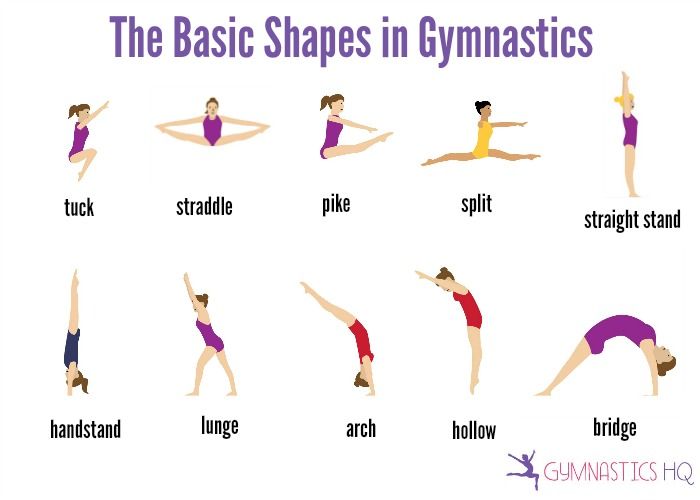 “Your head is the heaviest part of your body, and it should drive down into the supporting leg,” Wall says. Otherwise, the weight of your head will pull you off balance, causing you to fall out of the turn. “Your eyes should truly see something right from the moment of takeoff,” Hoover adds. “If you have trouble spotting, practice by doing chaîné turns, which are simpler and naturally rhythmic, and put up actual targets to spot.”
“Your head is the heaviest part of your body, and it should drive down into the supporting leg,” Wall says. Otherwise, the weight of your head will pull you off balance, causing you to fall out of the turn. “Your eyes should truly see something right from the moment of takeoff,” Hoover adds. “If you have trouble spotting, practice by doing chaîné turns, which are simpler and naturally rhythmic, and put up actual targets to spot.”
And don’t forget about your arms. “You wouldn’t want to be on a plane with a flapping wing,” Hoover says. Engage your latissimus dorsi (lats), the large muscles that run down the back. If you’re having trouble finding that feeling, start by pirouetting with your hands on your hips, keeping your elbows from moving. But don’t let your upper body get stiff. “The arms don’t have to be static,” Wolf Spassoff says. “They should feel supported and buoyant—almost as if they’re floating on water.”
Troubleshoot (a Video)
The foundations of a good pirouette may be the same for all, but because everyone’s body is different, corrections for one dancer don’t necessarily apply to the rest of the class.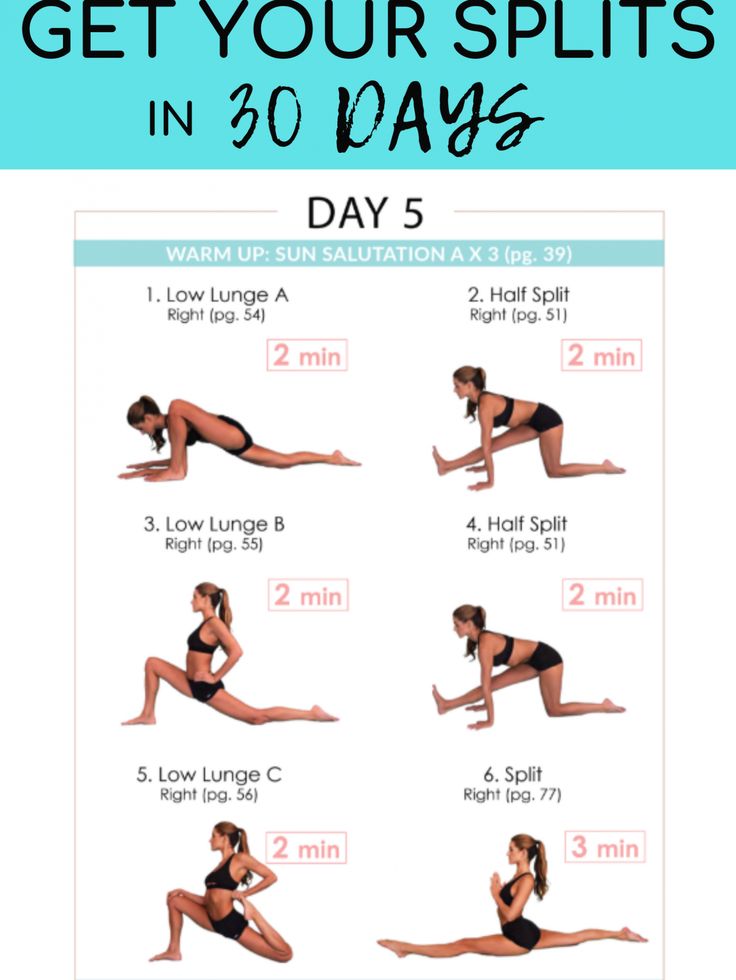 “I’d love to be able to say, ‘Go take your pirouette vitamin,’ like the answer is the same for everyone,” Spassoff says. “But your body is unique, and you need to find out how to use it most efficiently for your turns.” Ask a friend to record a video of you doing a series of preparations and turns on both sides, and analyze what you see. Falling sideways? You might be hiking up your working hip as you draw your foot up to passé. Falling backwards? You might be raising your shoulders or throwing your arms behind you. Rewind, rewind and rewind again, looking for the keys that will unlock your perfect pirouette.
“I’d love to be able to say, ‘Go take your pirouette vitamin,’ like the answer is the same for everyone,” Spassoff says. “But your body is unique, and you need to find out how to use it most efficiently for your turns.” Ask a friend to record a video of you doing a series of preparations and turns on both sides, and analyze what you see. Falling sideways? You might be hiking up your working hip as you draw your foot up to passé. Falling backwards? You might be raising your shoulders or throwing your arms behind you. Rewind, rewind and rewind again, looking for the keys that will unlock your perfect pirouette.
When in doubt, check in with that passé position, and don’t get discouraged. “A turn is a living thing you’re molding,” Wolf Spassoff says. Everyone has moments of frustration. “The day before a performance, I ran my solo 10 times and wasn’t getting my turns,” Sophia remembers. “I had a meltdown. But my mom helped me be confident by reminding me how hard I’d trained.” On days when your pirouettes aren’t working, remember that you’ve already got the tools you need to fix them in your turning toolbox: science, strength and awareness.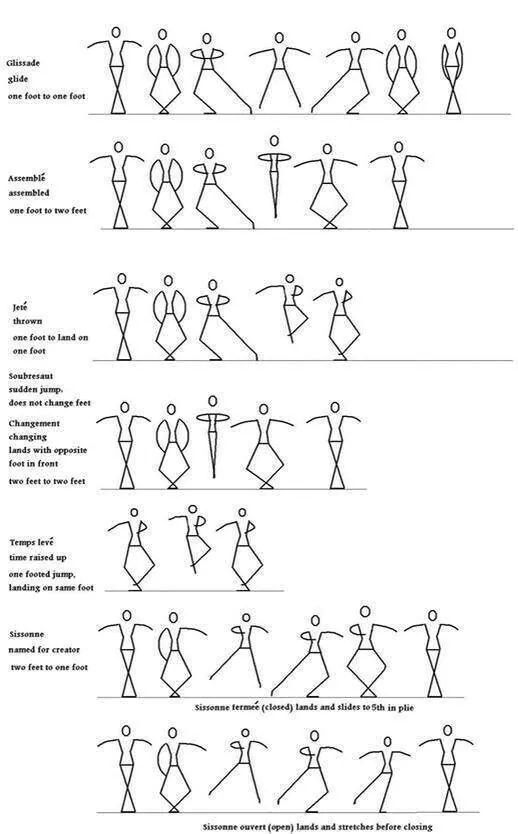
Is There Such a Thing As a “Natural” Turner?
Basically, yes. “Natural turners do exist,” says Darla Hoover, artistic director of the Ballet Academy East Pre-Professional Division. “Some people have better equilibrium. I’ve found that many of my students who are natural turners also walked at an early age.” Bojan Spassoff, president and director of The Rock School for Dance Education, agrees. “More compact bodies have a lower center of gravity, which is better for balance, and it may be more difficult for dancers with longer bodies to turn,” he says. But that’s not a reason to give up. “The keys to good turning can be taught to anyone,” Hoover says.
Turning vs. Spinning
Everyone wants to bang out as many pirouettes as possible, but don’t fall into the spinning trap. “Spinning is just rotating on the foot,” says Denise Wall, artistic director of Denise Wall’s Dance Energy. It’s the ice skater’s approach rather than the dancer’s. “I see kids do 10 pirouettes on a one-inch relevé, and that doesn’t count as turning,” Wall says. “To turn, you must be on top of the leg, on your highest relevé, spotting, and in control.”
“I see kids do 10 pirouettes on a one-inch relevé, and that doesn’t count as turning,” Wall says. “To turn, you must be on top of the leg, on your highest relevé, spotting, and in control.”
How to improve your dance turns. Here’s 5 Tips To Fix your Turn Technique
How do I improve my turns? We gave you the tools to improve your core & now we are giving you the steps to better your turns.
Here are 5 tips to fix and improve your turning technique:
- Be ready
- Practice makes permanent.
- Find your spot, hold your core, use your plié, drop your shoulders and remember to breathe
- If you do not spot, you will get dizzy
- Think of “connecting” your arms with your back muscles
Alright let's dive a little deeper into each one of the five.
1.
You ready?One of the worst things for your dance training is to do advanced turns before you are ready.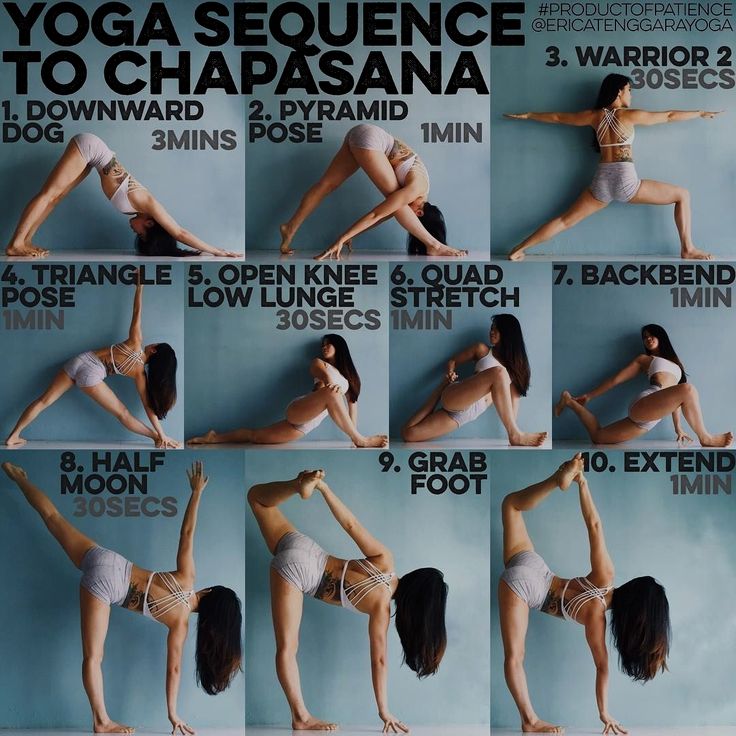 If you haven’t mastered proper technique or built required muscle strength, you run a very high risk of developing bad habits. Do you know what takes longer than learning a difficult yet awesome dance move? Having to break a bad habit and then relearn the move correctly. Chat with your dance teacher to make sure you are ready for advanced turns, like fouettés. They just want wants best for you ?! #HardTruth
If you haven’t mastered proper technique or built required muscle strength, you run a very high risk of developing bad habits. Do you know what takes longer than learning a difficult yet awesome dance move? Having to break a bad habit and then relearn the move correctly. Chat with your dance teacher to make sure you are ready for advanced turns, like fouettés. They just want wants best for you ?! #HardTruth
2.
Practice makes permanent.Practice at the barre before you take your new moves to center. Not to go all mad scientist on you, but dance really is a matter of physics and manipulating your body to do cool things regardless of inalienable realities like gravity. Practice your movement so that when you are dancing in center, your muscle memory takes over and your legs, hips, arms and so on will know exactly what to do when you add a whole new element — the actual turning part.

3.
Put a little PREP in your step.Good ol’ Benny Franklin had it right, without a solid prep, your turns will be a mess.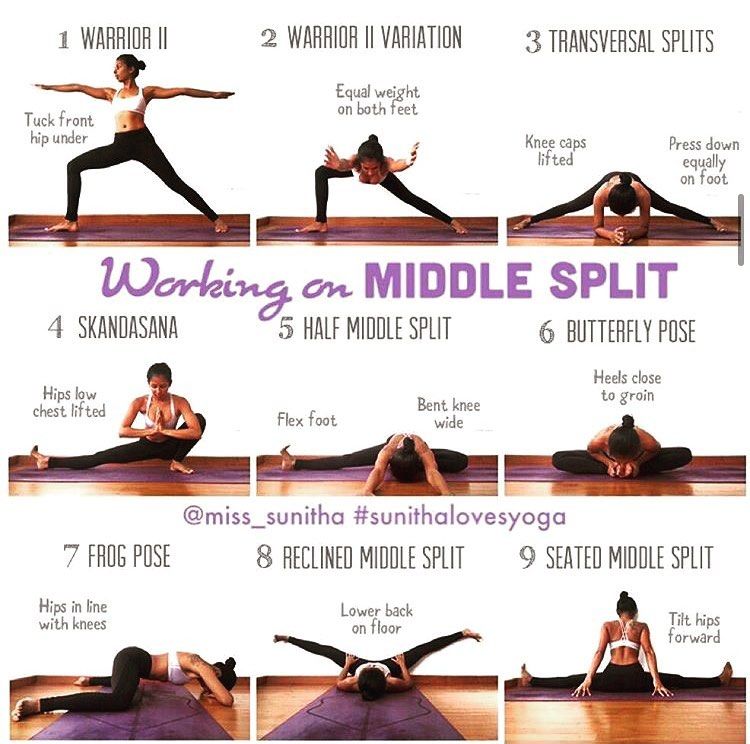 Before you bust out 64 fouettés on pointe, find your spot, hold your core, use your plié, drop your shoulders annndd remember to breathe. We know, it’s a lot to think about — that is why #3??is so important! Use repetition to your advantage — get that muscle memory down so you can focus on one thing at a time. Set yourself up for successful turns with a solid prep.
Before you bust out 64 fouettés on pointe, find your spot, hold your core, use your plié, drop your shoulders annndd remember to breathe. We know, it’s a lot to think about — that is why #3??is so important! Use repetition to your advantage — get that muscle memory down so you can focus on one thing at a time. Set yourself up for successful turns with a solid prep.
4.
Don’t stop the spot.See, even Channing knows the importance of spotting. Fact: if you do not spot, you will get dizzy. And, who can whip out beautiful turns if they are too dizzy to even stand up straight? If you’re having trouble spotting, put a post-it or bright colored tape on the mirror to help your eyes locate your spot quickly. It’s also a good idea to take it back to a more basic turn like chainés until you can spot like pro. Then, you’ll be ready to execute more advanced turns.
5.
You’re either with us or you’re against us.Your arms will either help your turns or hinder your turns — there is no neutral.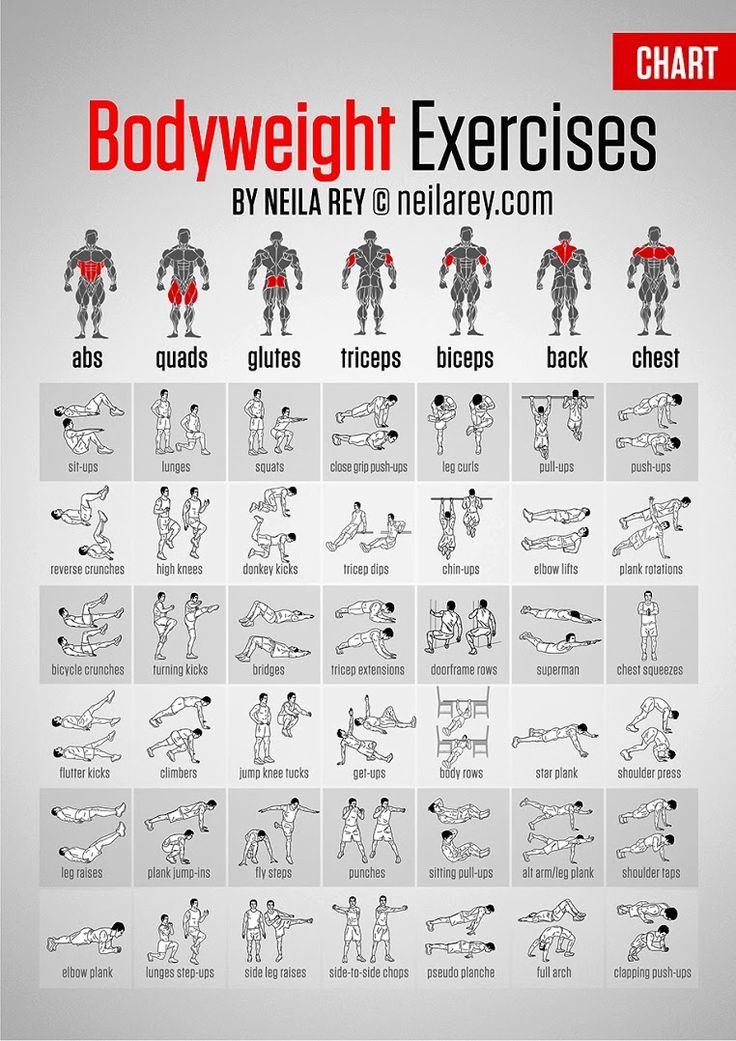 Make the wise decision and enlist your arms to join you in your Flawless Turn Army. Think of “connecting” your arms with your back muscles. Engage (don’t tense!) your muscles to help you hold controlled, intentional movements versus letting your arms flail about, throwing you off your center. PS don’t use your arms to “wind up” your turn. Dancers are not mindlessly spinning like some crazies think we are. Beautiful turns are a result of hard work, training, proper technique and being a genius by using the laws of physics to create art?. Sir Isaac Newton’s Laws of Motion? Yeah, we know all about that.
Make the wise decision and enlist your arms to join you in your Flawless Turn Army. Think of “connecting” your arms with your back muscles. Engage (don’t tense!) your muscles to help you hold controlled, intentional movements versus letting your arms flail about, throwing you off your center. PS don’t use your arms to “wind up” your turn. Dancers are not mindlessly spinning like some crazies think we are. Beautiful turns are a result of hard work, training, proper technique and being a genius by using the laws of physics to create art?. Sir Isaac Newton’s Laws of Motion? Yeah, we know all about that.
Rotations and turns in dancing (practice)
- Posture
Rotations are performed with a taut and even body, "coccyx retract", "long neck", chin looks up. This will help you balance and tighten the axle needed for long term spins.
- Dot
All dancers know to "hold the dot" to spin, but I wonder if you can change dot fast enough? In order to rotate long and hard, you need to train a sharp and lightning-fast change of point.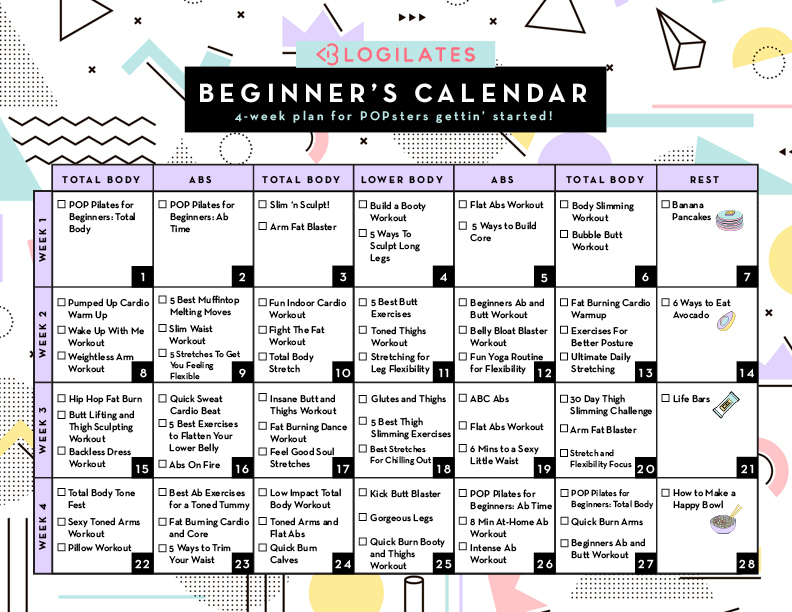 The point should be kept at the level of your eyes and a little higher. Don't look at the floor or you'll end up there. nine0009
The point should be kept at the level of your eyes and a little higher. Don't look at the floor or you'll end up there. nine0009
- Alignment (cross)
Concentrate on aligning the line of the shoulders with the line of the pelvis, they should be parallel. If you do not align the lines of the shoulders and pelvis during the beginning of the rotations, you will not be able to catch the balance and your rotation will not be long, a maximum of 3 pirouettes. To do this, you should train in front of a mirror, stand in a relevé and make sure that the lines of the shoulders and pelvis (hips) are parallel. Also, in front of the mirror, you should control the position of the body, become sideways and make sure that you are not leaning forward or leaning too back. nine0009
- Balance
When pirouettes, you balance on a half-finger (relev), practice balance without rotation.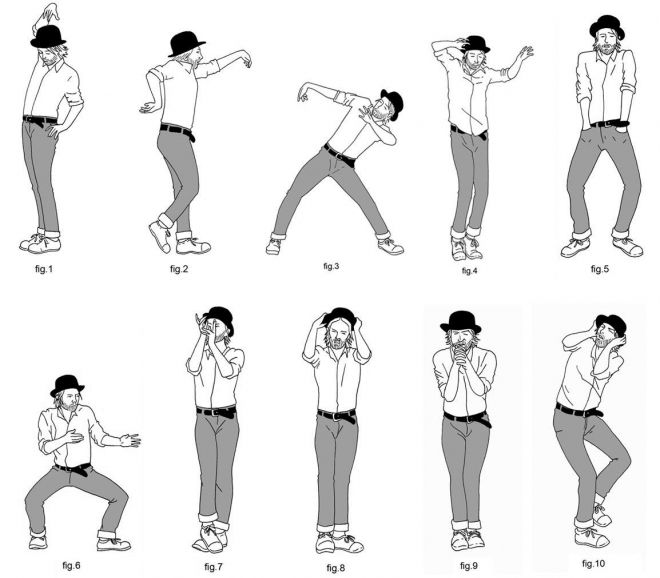 If you can’t stand on a half-finger without spinning, then you won’t be able to stand in a turn either. Practice balance on half toes without rotation, train both the left and right foot, you should stand eight counts at a very slow pace, this will strengthen your axis. What type of spin do you train, classic turnout or jazz closed? Practice every type of balance until you can, it will come in handy in your career as a dancer, modern show groups use all kinds of techniques. nine0009
If you can’t stand on a half-finger without spinning, then you won’t be able to stand in a turn either. Practice balance on half toes without rotation, train both the left and right foot, you should stand eight counts at a very slow pace, this will strengthen your axis. What type of spin do you train, classic turnout or jazz closed? Practice every type of balance until you can, it will come in handy in your career as a dancer, modern show groups use all kinds of techniques. nine0009
- Your thumb
Where does your thumb point when you rotate it? If your finger is not pointing in the same direction as your knee, this rotation is not considered correct and you will not be able to achieve a multi-spin. Stand on your half-finger and make sure you don't "clubfoot" that your thumb is pointing in the same direction as your knee. There is nothing worse than a clubfoot dancer! If the foot is placed correctly, the weight is also distributed correctly and you will be able to build the best axis for rotation. Make sure that during the rotation you do not jump on the half-toe, do not "play" up and down and your instep is stretched as much as possible. Throughout the rotation, you should stand on the maximum possible half-finger. nine0009
Make sure that during the rotation you do not jump on the half-toe, do not "play" up and down and your instep is stretched as much as possible. Throughout the rotation, you should stand on the maximum possible half-finger. nine0009
- Use the dance floor (parquet)
Push off the deep plié floor with all your strength to set the maximum possible rotational energy. Imagine a Devil in a Box spring toy, you push it down into the box and when you open it, it kind of shoots up with maximum force, while you direct this energy into rotation with your hands. Push off from the plié with enough force to get on your half toe and extend your knee, and of course not more than necessary, otherwise you can not resist. Also, there is a technique in which, during the performance of the plie, the dancer exhales and then briefly inhales during the first turn, which allows you to increase the moment of rotation using an additional force.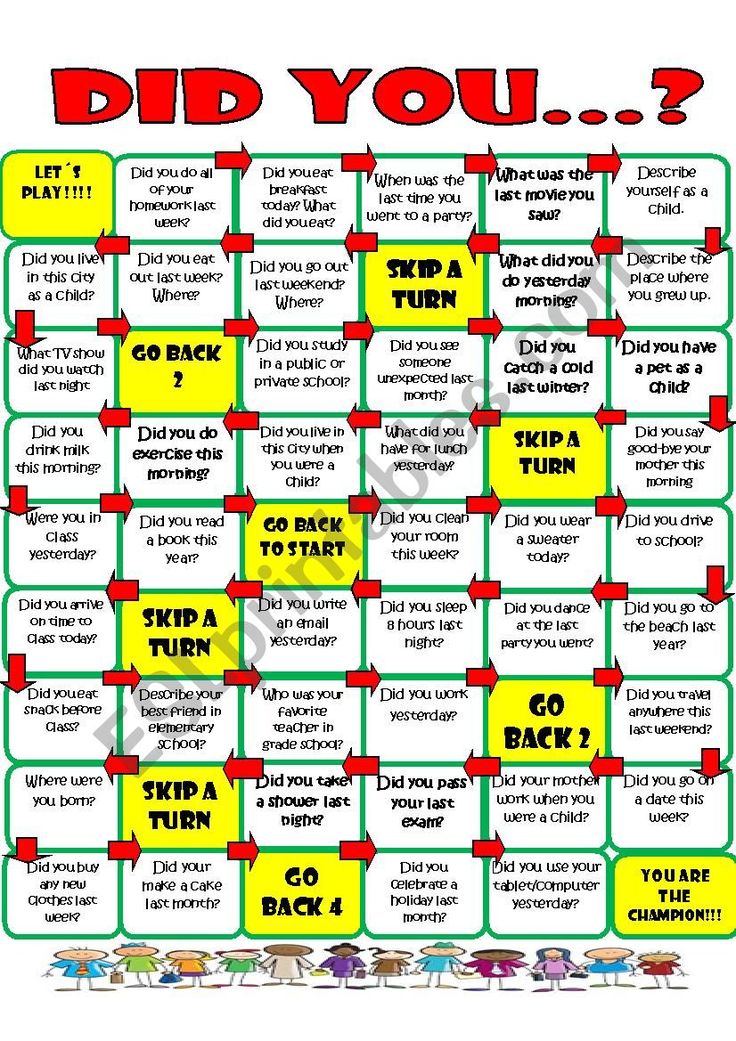 nine0009
nine0009
- Matching shoes
Depending on the choreography, wear specialized dance shoes. It is not recommended to do rotation without shoes, you can comb the skin on the balls of the feet.
- Arms
Have you noticed that when doing a series of pirouettes, the arms are closer to the body in subsequent turns than in the first turn? Quite right! During a series of pirouettes, it is very important not to lose the energy of rotation, for this the dancer must skillfully collect his hands to the body, distribute energy for each turn, so that in each subsequent turn the hands are a little closer than in the previous ones. Try it in practice, if you do not bring your hands together, then the rotation will not be fast and not long, but if you sharply take your hands to the body, then you will sharply spin at a higher speed. Now that you know what to do, you should train the most important condition - while bringing your hands together, hold the "cross" (the line of the shoulders and the line of the pelvis should be parallel). nine0009
nine0009
- Pulling
Imagine that while you are spinning, someone is pulling you up by the top of your head. This will allow you to keep a straight axis and rise as high as possible on the half-finger with the involvement of the main muscles of the body.
- Practice
Pirouette, like a circus trick, performing a series of pirouettes requires long hours of regular practice.
"When I was preparing to break the world record, I worked out at least three days a week for several hours. And it took about a year for me to start rotating from 19up to 55 turns without stopping" - says Lucia Sofia.
Dance sport Latina exercises
Basic principles of body work in latina. Posture and coordination in dances. dance program
Samba (Latin American dance program)
Cha-cha-cha (Latin American dance program)
Rumba (Latin American dance program)
PASODOL (Latin American Dancing Program)
JIV (Latin American Dance Program)
Endo team of dance club Ajax
Basic principles of dance sports
(sports ballroom dance) 9000 9000
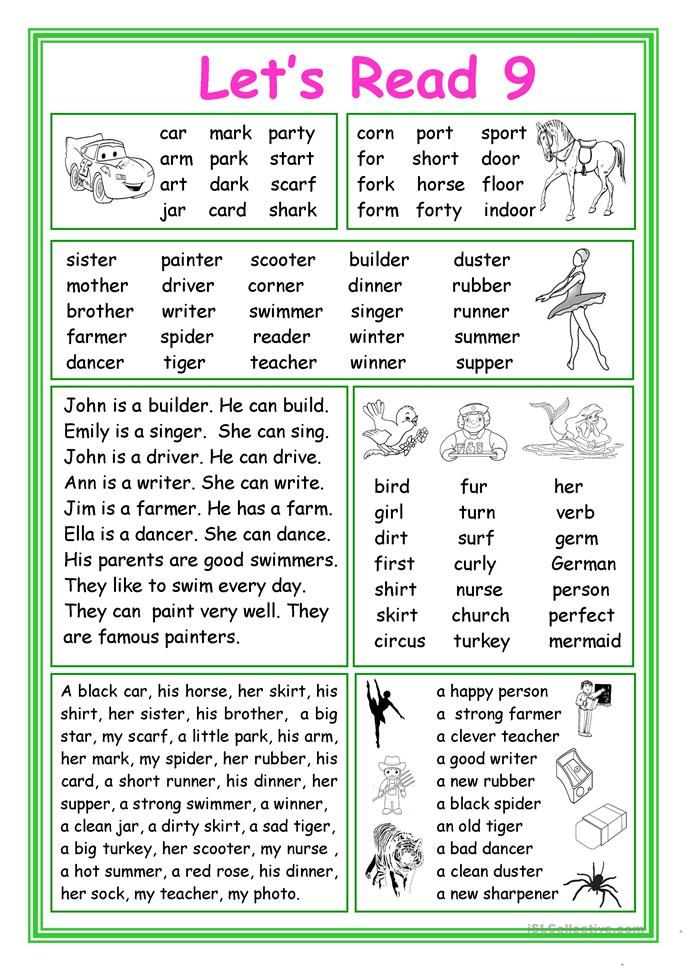 You need a dance soul, you need to live the dance, tell your story through the dance. nine0006
You need a dance soul, you need to live the dance, tell your story through the dance. nine0006 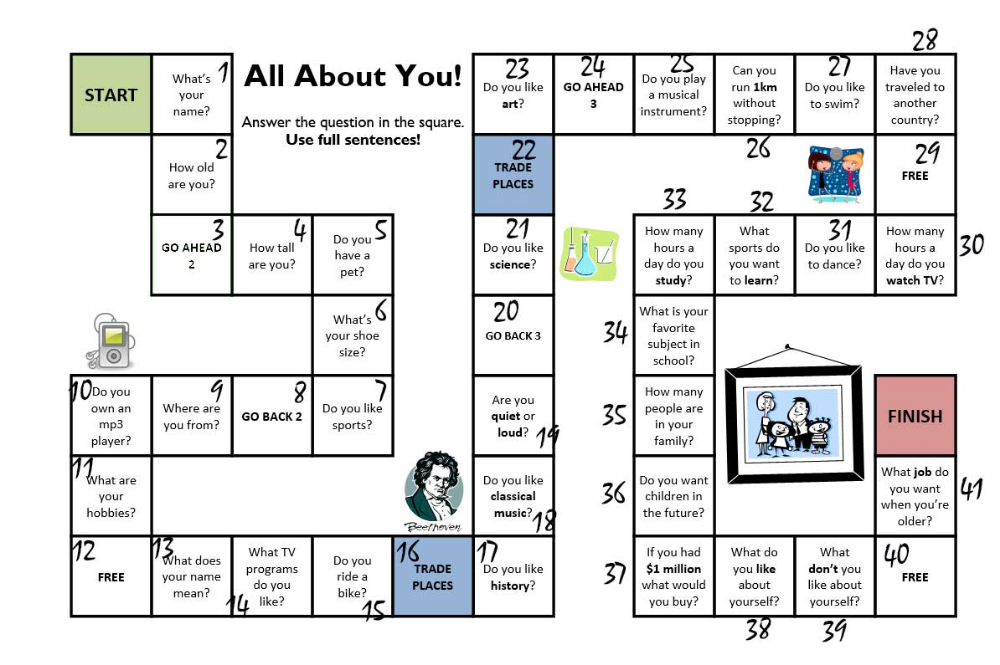 Be aware of your dancing! Practice must be conscious and effective. nine0006
Be aware of your dancing! Practice must be conscious and effective. nine0006 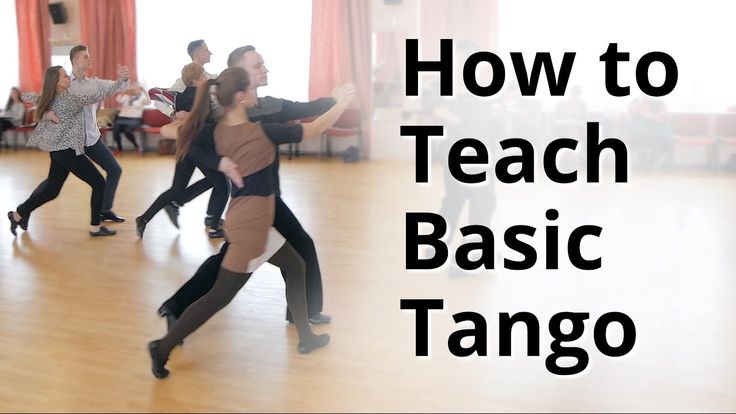 It is imperative to monitor the timely transfer of body weight from one leg to the other leg. 2 types of weight transfer - first transfer of own weight, then synchronous transfer in pairs. It is necessary to feel the weight (the force of pressure on the floor). Weight can be felt in any part of the body separately (weight of the shoulder blade, weight of the thigh, etc.). It is necessary to find the optimal combination of relaxation and lowering the weight on the foot, with quick collection and movement. nine0006
It is imperative to monitor the timely transfer of body weight from one leg to the other leg. 2 types of weight transfer - first transfer of own weight, then synchronous transfer in pairs. It is necessary to feel the weight (the force of pressure on the floor). Weight can be felt in any part of the body separately (weight of the shoulder blade, weight of the thigh, etc.). It is necessary to find the optimal combination of relaxation and lowering the weight on the foot, with quick collection and movement. nine0006 How the body works.
5 main blocks (floors) of the building
Feet
The foot is responsible for the rhythm. Ringing stop work. Clear work to the floor and to the beat. Control and dance ups and downs.
Knees
Beating forward and backward, bending and straightening, lifting and lowering.
Hip part - rotation and figure eight. Rib part - Presentation part
Hip part of the body
It is important to control and remove blockage in the hips (sacrum forward).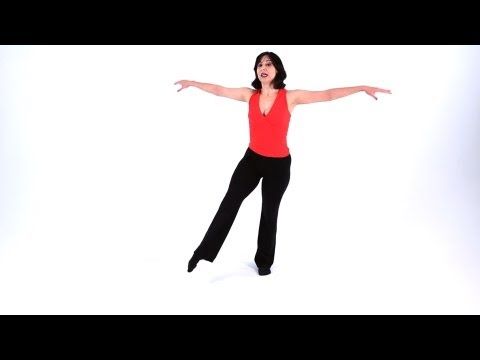 nine0081 We remove the arch in the back (excessive lardos), there should be a long back.
nine0081 We remove the arch in the back (excessive lardos), there should be a long back.
The center must be removed and drawn into the lower back.
Rotation and figure eight actions in the hip part of the body.
Rib part of the body
Stretching and "press line" of the sides of the body
Presentation part of the body (chest, shoulder blades, arms, shoulders, neck, head)
Stretching the upper part of the body, creating volume.
Neck without clamping, head position perfectly level, without ups and downs. nine0081 The chin line is parallel to the floor line.
2 centers of the dancer's body
Lower center (lower torso, located just below the center of the lower part of the ribs - between the waist and ribs)
- Center of gravity, control of body weight. It is always necessary to be in the sensation of a retracted center. Performs the function of depreciation, reduction, rotation (rotation) and displacement (translation).
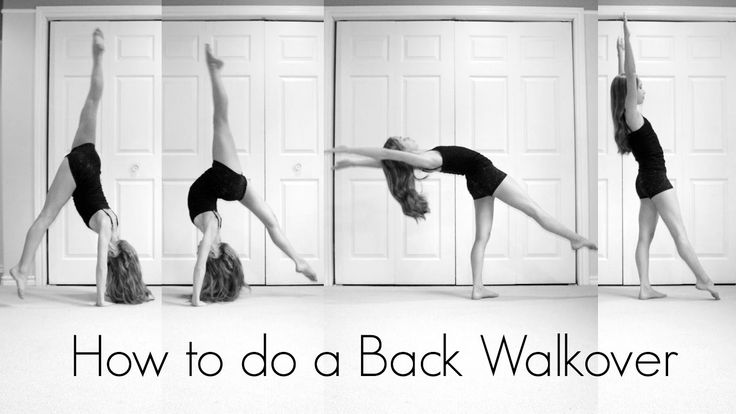 The upper center is responsible for initiating movement.
The upper center is responsible for initiating movement.
Upper center (main upper torso, located in the chest area)
Referral center. When moving and rotating, the top center always comes first, then the bottom one in sequence. Like steering wheel and wheels. Responsible for the initiation of movement, the function of rotation (rotation) and displacement (translation)
Isolation of body parts and posture in Latin
3D dance: stretching in 3 planes: Frontal left and right. Sogital - twisting of the hips and body in rotational directions.
Proper positioning of the body - keep the axis of the body. nine0009
Dancing posture
Main problems:
- Hunched shoulders
- Head and neck forward
- Shoulder blades exposed collapsed abdomen and lower back
2 types of posture:
Classical and Latin American (the body is slightly forward over the toes, the pelvis behind the heels - a diagonal line is created)
Principles of the legs, feet.
 Steps, movement, movement. 5 phase steps.
Steps, movement, movement. 5 phase steps. - 5 phases of the stride:
4. Extend - lengthening, stretching the free leg at the back. It is located on the extreme toe
5. Recover - recovery - the leg free from weight is bent at the knee. nine0009
Backstroke: 3 stages - leg in front with a natural turn of the toe, bending the leg at the knee and building a straight perpendicular line from the toe to the knee, slight tilt of the body forward, bringing the leg back to collect the knees, pushing out from the supporting leg. Emphasis on the knee - tends forward and is fixed for a moment. Knee work, repulsion, attack.
How the hands work
Hands help to make a coordinated movement, show beautiful lines, complete the meaning of the dance for judges and spectators. nine0005
The main principle of the work of the hands: The hands repeat the work of the body with a greater amplitude and a slight delay - the continuation of the work of the body, except for staging moments! Avoid ventilators.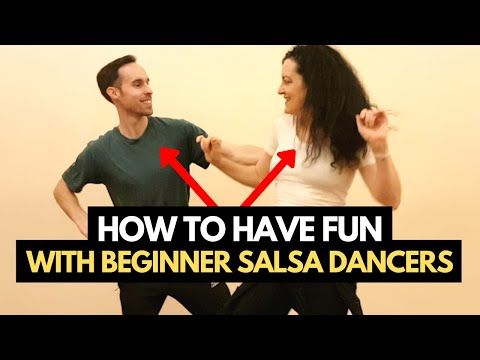 It is necessary to combine the work of the hands with the work of the body. Brushes must always be kept in good shape.
It is necessary to combine the work of the hands with the work of the body. Brushes must always be kept in good shape.
- Shoulder, shoulder, elbow, hand control. Removal is slow with an accent in the final position.
- Closed and open hand position. If the hand goes from the center, then the palm immediately goes to the open position, if it goes up along the central axis of the body, then it goes to the closed position and then goes to the open position. nine0006
- 2 types of arm joints - elbow-rib, elbow-elbow. The shoulder is the highest part, when the arm is extended to the side.
- Working out the interaction of the work of the arms, legs of the body according to the accounts.
- Charged hands (work with an accent). Twisting of arms (from elbow to elbow feeling twisted in opposite directions)
- Rotation of the hips and opening of the rib part of the sides, arms in the sides in good shape.
- 2 positions: parallel to the floor and just below shoulder level, set slightly forward so that the hands can be seen with peripheral vision.
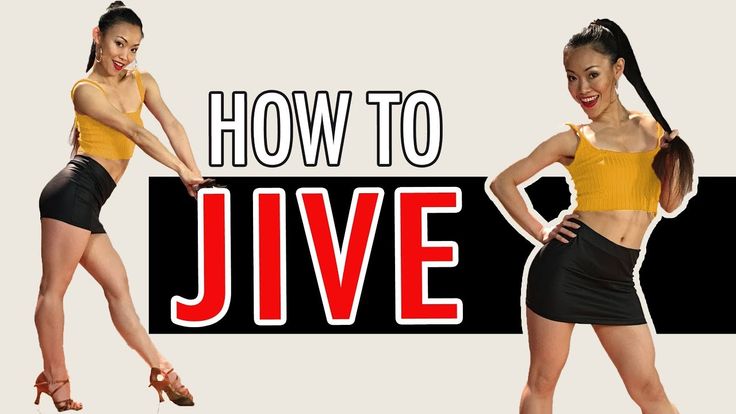 nine0006
nine0006 - Hand: fingers in good shape, as close as possible, index finger slightly prominent. Girls can create any brush design.
- Arm extension: to the side - 3 stages - side, forward, down; Up and through the semicircle down; arms to the sides, hands in the field of lateral vision, elbows not behind the back (maintain volume, “balloons” under the armpits)
- Bringing the arm to the side: in turn, the elbow, wrist, hand. Back: turn the brush, break the elbow, lead to the lower center. nine0006
- Turning back with shoulders: shoulders, elbow, wrist, hand. Back: soften the elbow, turn the shoulders, return the brush to the center.
- Bringing the arm up: start the movement of the hand, a slight turn in the shoulders, a screw movement of the arm, then back.
Principles of positions and interaction in pairs
Gradual and gradual development of lead in pairs!
There should be no isolated dancing.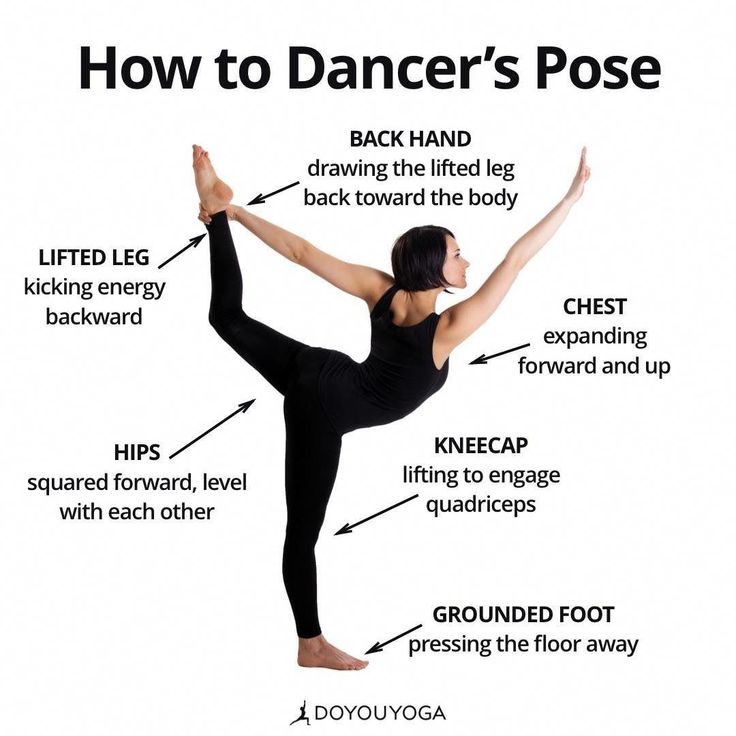 Partner "passenger", partner "Driver". nine0009
Partner "passenger", partner "Driver". nine0009
Types of dribbles:
- Physical dribble - when the partner indicates the direction of movement to the partner, stops. The work of the hand, the correct distribution of weight and the interaction of partners together.
- Shape guide (with preservation of shape and lines).
- Permissive maintenance. For example, Delay - tightening and stretching between partners and counterbalance, then high-speed movement.
- Case management. Interaction at a distance, without physical contact. nine0006
The dribble must always be up to the step (to the count).
Trust partners. No need to take too much initiative.
- Body weight always with a feeling of pressure on the floor.
- When moving backward - first the legs, weight and position of the body are slightly ahead, then we bring the body.
Exemplary Team Ajax Dance and Sport Club
Exercises and training methods in the Latin American Dancesport Program
Warm-up, warm-up, training exercises for parts of the body in Latin
Warm-up, warm-up
The main task is to consistently warm up: feet and Achilles tendon, knee joint, hip joint, spine.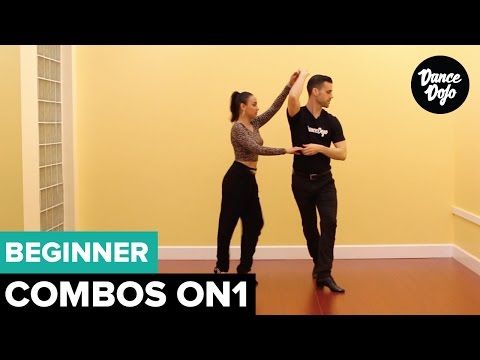
Warm up should consist of 3-6 exercises for different muscle groups.
Exercises to work upper body center:
shoulders, neck, head, chest, back, posture. Body Setting Methods
Body Setting:
Shoulders up and in a stretched free position. Slowly, we increase the action down, even position in the back. Hold down 8 counts, relax 8 counts
- Exercise for the shoulder blades: move the shoulders forward, the shoulder blades are apart, then vice versa, the shoulders back, bring the shoulder blades together, then neutral tension - the shoulder blades are apart, the back is even, there is no additional tension in the body. For 4 counts forward-neutral-back. The opposite method.
- Head and neck. With expander or rubber band behind the neck and try to move it back for several counts with tension, alternating with relaxation.
 Same with the back of the head. It is recommended to do 4 eights.
Same with the back of the head. It is recommended to do 4 eights. - Chin rest , put the hand under the neck and place the chin.
- Competition for who has the longest neck , with the condition that the distance between the earlobes and shoulders is the same, without inclination. We stretch 4 eights and rest.
- Exercise with the elastic band pulled down through the neck to control the top and downward pressure. nine0006
- Chicken. The lower part of the shell body, hands on the belt, raise the upper part of the shell with the crown, stretch shaking the head and body, 8 counts.
- Champion point. Put your hand on the upper part of the sternum and raise your palm up, while your shoulders tend to go down, lower your hands. For 8 accounts.
- We push the walls and ceiling. We spread our arms, shoulders in a flat position, legs shoulder-width apart, arms apart to the sides or up until straightened, fixation in a flat position.
 We move apart for 8 accounts and stand for 8 accounts. nine0006
We move apart for 8 accounts and stand for 8 accounts. nine0006 - Move the floor by force. Press down with your hands, pull the top of the head up, press for 8 counts, hold the position for 8 counts
- Place the object on the center of the head and move with the object.
- Chest movement isolated to the sides
- Chest rotation isolated. 1-2 melodies, with alternation.
- Side dribble - combination of rotation and offset.
- Positioning and hull work, possibly against a wall . We raise and lower our hands up, the shoulders are open shoulder-width apart, we retract the center, we remove the deflection in the lower back, it is possible to the wall, on the same line of the heel, hamstrings, buttocks, lower back, shoulder blades, back of the head.
- Exercise for the correct feeling of the upper and lower center - samba move at the barre.
 Shoulders and upper center remain strictly parallel to the machine.
Shoulders and upper center remain strictly parallel to the machine. - Bounce with the leg out and fixing the position of the central balance for 3 counts (in the center position). We hold ourselves on the joint of the thumb, big toe, foot pad. nine0006
- Exercises with a stick or a light object in front of in front of you in your arms and on your elbows hold on straight arms with lowered shoulders: shifts, latin square, ronde, bounce step.
- Presentation Exercise - Crossing the arms behind the head and doing the actions in this position
- Shoulder exercises
- Shoulders up and in a stretched free position. Slowly, we increase the action down, even position in the back. Hold down 8 counts, relax 8 counts
- Rotational movement (rotation) of the shoulders (head and bottom straight). 3-4 beats.
- Turning the shoulders, then the head, return to neutral and then to the other side.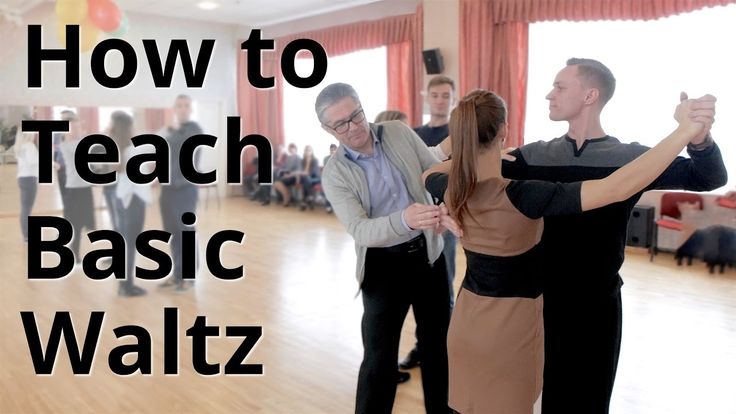 3-4 reps per side. Next, add a turn with the head.
3-4 reps per side. Next, add a turn with the head.
- Neck and head exercises
- Hands behind the neck and head and exposure, pressure back for 8 counts and rest 8 counts.
- Chin, put the palm of your hand and put your chin on the shelf. The chin line is parallel to the floor line. nine0081 - The neck should be stretched primarily in the back of the head. Competition who has a longer neck, with the condition that the distance between the earlobes and shoulders is the same, without tilt.
- Turning the head to the sides for 8 counts. Stretched, but not tense neck, head level. 3-4 repetitions. Beware of individual mistakes! Double sharp turn of the head on 1 and 2. It is necessary to adjust the focus when turning the head.
- Chest (Main Torso)
- Work forward backwards with the chest (upper center of "gravity"). Hands "take a point", the shoulders are motionless.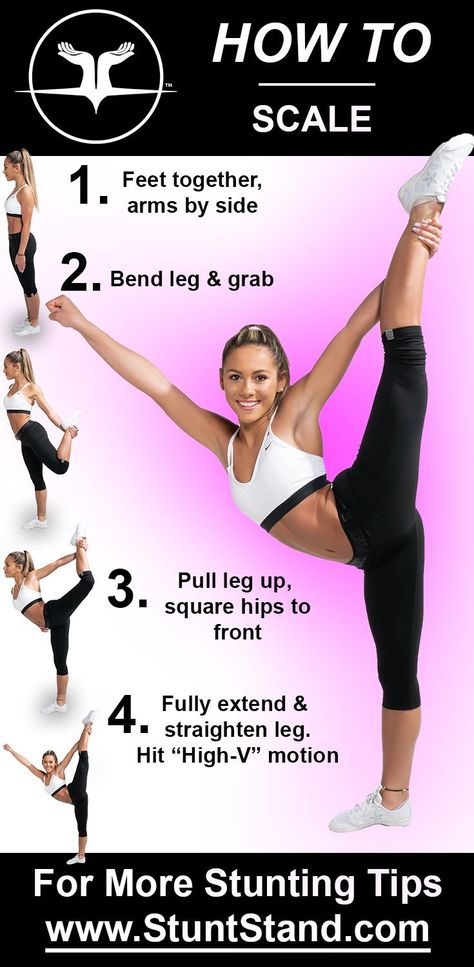
- Work with the upper center to the sides. We use the shoulder blades to push the opposite side.
- Work with the upper center in 8 points of the hall (forward, to the sides, diagonally).
- arms to the side and make shifts of the upper part of the body, then we try to do the translation only with the chest.
- Chest rotation. More expressive with partners.
- a combination of shifts of 8 accounts - to the sides, back and forth, circle, figure eight. nine0009
Hip exercises
- Natural figure eight in the thighs without and with body weight transfer. Figure eight on two legs with transfer to the supporting leg, figure eight on toes, figure eight with a change in height. Figure eight in samba with bounce and transfer of body weight from foot to foot to the sides and back and forth. Reversible figure eights at the hips.
- - Leg raise with bent knee, out to the side, back, return.
It is important to control and remove blockage in the hips (sacrum forward). We remove the arch in the back (excessive lardos), there should be a long back. The center must be removed and drawn into the lower back
- Swallow center exercise. We move the hips a little forward, with the palm (stick) we press on the waist line in the center of the body. The center should "eat" the palm. 8 accounts.
- Exercise with band . We place the elastic band under the booty and press the stretched elastic band up, you can do it with a stretched elastic band in your hands under the booty.
Exercises for the work of arms, hands
- Circular movements of the hand with control of the shoulder (like scooping movements). nine0004 Eights in hands
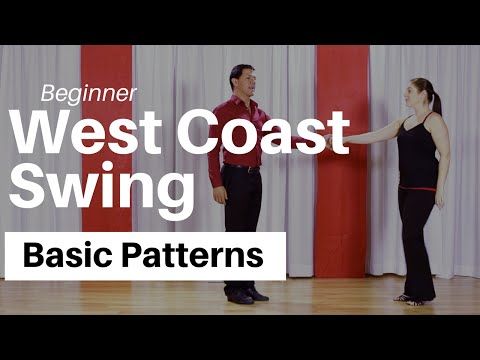
Exercises for the work of the legs, feet
- Change of foot and legs - pull the knees and feet forward, gently lower into the supporting leg, be sure to pass through 2 gathered legs (near the knee and ankle).
 You can train at the machine.
You can train at the machine. - Leg forward and backward when collected, the knee is pulled forward and up. Necessarily without clearance through the gathered legs in the brush position, turn the foot at the free leg, pull back - straighten the knee, strong stretched inverted foot, raise the hip, the free leg clearly controls the floor and presses on it, then swing back, knee through the knee and forward nine0006
- Exercise with a yoga block in the center of the crown , on the centers and feet, lift the foot in turn, make a change, bring the leg out, rond with the foot forward to the side back.
- Pelvis rotations on the ball of the foot , shoulders parallel to the barre, knee straight.
- External and internal twists of the machine - leg extension, knee extension, body weight transfer, knee collection and further, light heel of the supporting leg during rotation, concentration on the twist part.
 nine0006
nine0006 - Hip Twist at the barre - the leg is behind, it is displayed in a diagonal with a bent knee and back. You can work with an object on the toe of the free leg (a sheet of paper, a disc, etc.)
- Exercise Latin Square - pulled in the stomach, lowered the shoulders, pull the ribs up, light heels, open the hands keeping the volume forward and in front of you, moved weight on skating leg, leg forward (knee out, leg straight out, push, weight transfer, leg collection, lowered into line press, leg out to the side, weight transfer, pushing action, leg collection, soft change through the balls of the foot and strong legs , moving the leg back ... Clearly determine the weight and from which leg to which we are moving, transferring the weight of the body from the supporting leg, The upper body should not be ahead of step
- Weight-to-floor pressure exercise . Go through a routine or circuit with relaxation and a sense of pressure and lowering the weight into the foot.
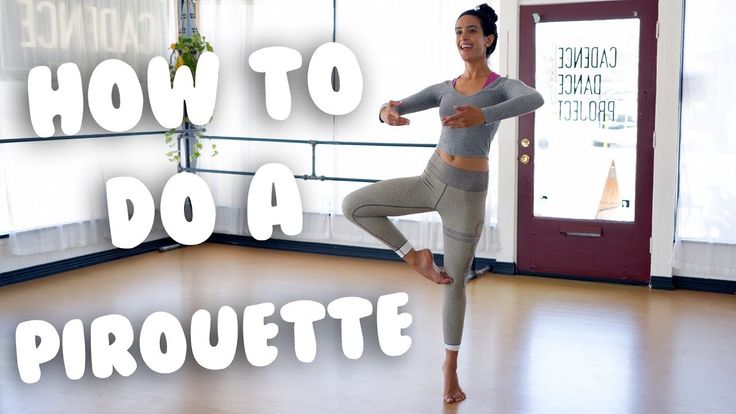
Exemplary team dance and sports club ajax
Rules for constructing choreography and dance variations
It is necessary to create a rhythmic pattern in the dance (playing with counting and rhythm and accents)
It is necessary to change rhythmic patterns during the performance of the composition
use shifting emphasis on accounts. nine0081 There must be pauses with lines (poses). No need to just run on the floor.
Change of accent - a change of emphasis from one part of the body to another is required using insulation.
Change of motion geometry is required during song execution.
Geometry of movement along the parquet
Samba and paso doble in a circle - for example, starting from the long side - the center of the hall, then diagonally again to another corner
Geometry inside the pair
Linear. Together and in parallel.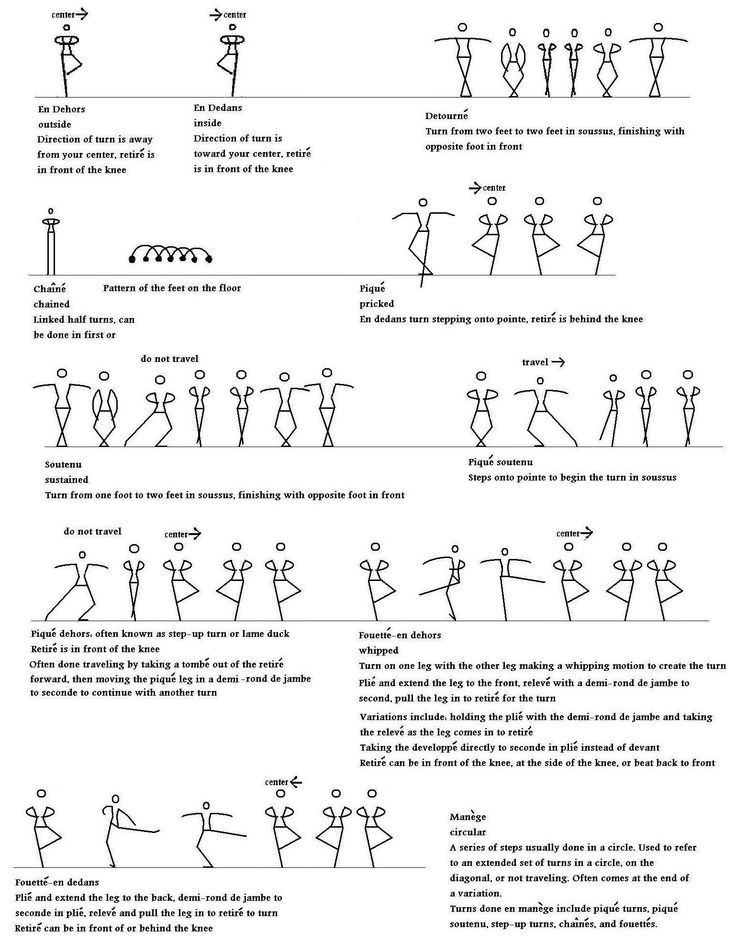 When dancing in parallel, it is necessary only in perfect synchronization and no more than 1-3 measures.
When dancing in parallel, it is necessary only in perfect synchronization and no more than 1-3 measures.
Rotational
With rotation of one of the partners.
Dancing outside of a pair, no more than 6 measures.
3 types of guiding - coming and going freehand, framed, shoulder or body.
To be used to memorize the pair by judges and spectators. But only one in variation.
It is recommended to use the change of pitch (levels) in the dance. nine0009
The procedure for working out dance routines and patterns:
- determining the direction of each element and movement as a whole
- analysis of elements and patterns by counting
- analysis of technique, slowly counting by 8, half tempo, tempo.
It is not necessary to completely copy the coach or the dance you are learning, it is important to practice effectively, following the basic rules.
BASIC is a template and basis from which we build and use in interpretations.